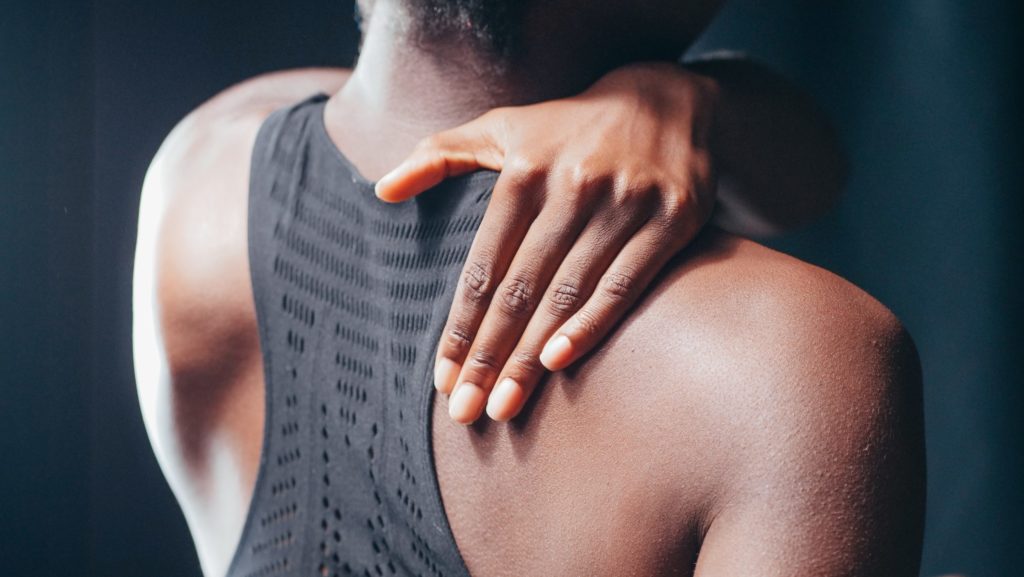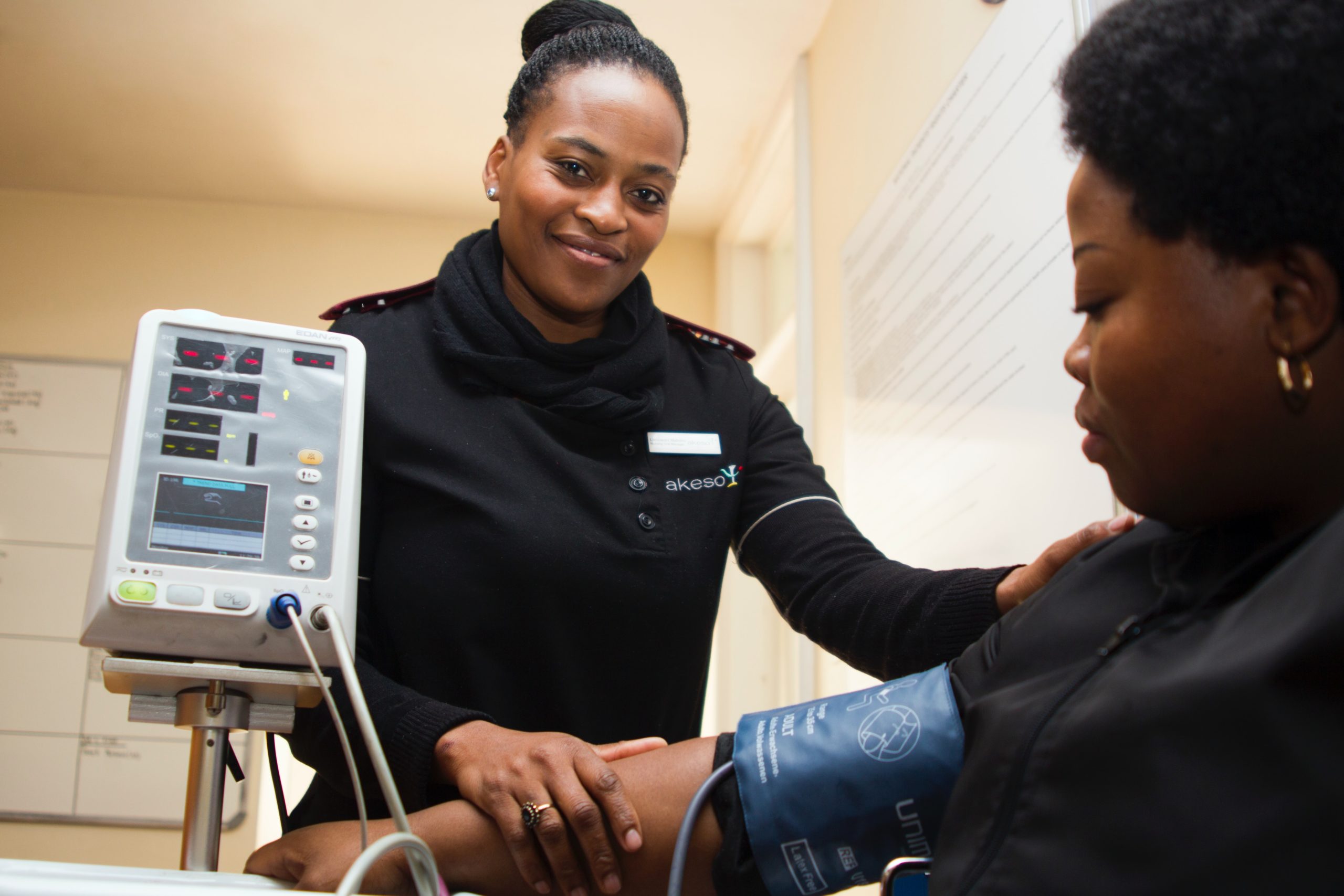Bruises, also known as contusions, are the body’s way of fixing damaged blood vessels under the skin. Although bruises are not as serious as other emergencies, an untreated bruise can lead to infection and bacteria. Bruises can be painful and tender if first aid is not administered following an injury. In this blog, find out what causes bruising and what to do if you have it.
What is Bruises?
A sudden bump or hit can break the small blood vessels found beneath the skin. That is where a bruise forms.
In medical terms, bruises are referred to as contusion or ecchymosis that only occurs when tiny blood vessels are damaged or broken. Following a traumatic injury, you may notice a discolouration in the affected skin area. A fresh bruise may actually be reddish. A few hours after the injury, it may turn blue or dark purple, and the bruise will turn yellow or green a few days later. A bruise usually recovers for about one to two weeks, though some may take a little longer to heal.
Who’s at risk for Bruises?
Bruises are very common in children who are exploring their surroundings and learning to walk. Small children also have thinner skin, which makes bruises more obvious.
Bruising on the upper and lower leg is also common in women. For the elderly, bruises are mostly found on the forearms due to a lot of sun damage or if they are taking aspirin and blood thinners.
Risk factors for bruises include rigorous exercise, bumps, physical abuse, and more. People taking certain types of medications, those with vitamin C deficiency, and the elderly are at high risk of bruising.
However, bruises that appear for no reason can be a sign of serious illness.
Signs of Bruising
- Swelling, redness, followed by skin discolouration
- Pain and feels tender to touch
- Slight strain to the area
First Aid for Bruises
Bruises typically go away on their own. However, there are steps you can take to lessen pain and reduce visibility.
-
Limit the damage
You can limit the bleeding happening beneath your skin by cooling the injured area with a cold compress. Use an ice pack or soak a piece of cloth in cold water.
-
Elevate the injury
It is recommended to elevate the leg or arm injury while at rest. This will help in preventing the bruise from worsening.
-
Seek professional help
In most cases, a bruise will disappear in two weeks from the day of the injury. It will fade from the blue or purplish colour to yellowish as the injured blood vessels start to absorb and circulate blood. But in cases where the bruise is located in the chest or abdomen, it is best to see your doctor. Bruises in this part of the body may constitute an even bigger injury and may indicate damage in other internal organs.
When to Seek Medical Care
Seek immediate medical care if:
- The bleeding cannot be stopped by pressure application and other self-care measures
- There is serious trauma like spinal cord injury
- Internal bleeding is suspected
- Bruises appear for no apparent reason and no history of bruising
- Loss of function or a broken bone
- Bleeding in other body parts (gums, nose, and even in your stool or urine)
- Bruises that are particularly painful
Suppose your bruises do not heal as quickly as they normally would; talk to a doctor. Delays in the healing process may be a symptom of an underlying condition like blood clotting, nutrient deficiency, and other diseases.
Remember – it is normal to have a bruise from time to time, but excessive bruising will need treatment from a medical professional. Learn first aid to treat bruises at home and know when to call an ambulance for emergency care.







